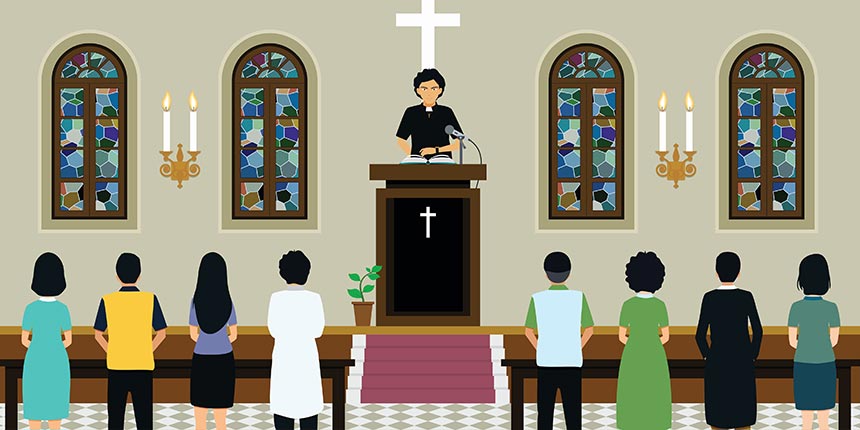Keeping all those involved with your church and its activities safe is very important. Nobody wants to see anyone suffer an injury.
For most churches, managing health and safety need not be complicated, costly or time consuming. It is worth remembering that your church is not a factory or a building site and is comparatively a low-risk environment.
Obviously, any action you take needs to be proportionate depending on your own circumstances. This will reflect the size of your church; the numbers of employees, volunteers or visitors you have; and the nature of the activities involved there.
You may also have to comply with health and safety law, including the Health and Safety at Work etc. Act 1974. This applies to any organisation which has at least one employee, including a church.
Here, you may need to:
- appoint someone to provide competent assistance to help meet your obligations
- write a health and safety policy
- complete risk assessments to identify precautions you need to take
- provide training and information for employees and volunteers
- provide first-aid equipment and implement procedures for dealing with an accident
- check that your precautions remain adequate
- keep records of what you have done
- keep up to date with any changes.
Even if do not have employees, certain aspects of the Act may still apply or you may have to comply with other related law. For example, if you control non-domestic premises such as a church, you will need to ensure that the premises are safe, including any plant or equipment there. Another example could be where you have construction or refurbishment work completed at your church. Here, you may have specific responsibilities to meet.
You should also remember that if you own or control premises, you may still have to complete detailed risk assessments for certain hazards (for example, asbestos or fire).
Download our Introduction to health and safety for churches to learn more. In it, we summarise what managing health and safety means for you and suggest some simple steps you can take to meet any obligations you may have.
Many organisations rely on the support of volunteers to function properly. They make an invaluable contribution across many sectors, completing a wide range of tasks. Sometimes, meeting health and safety requirements is seen as a barrier preventing people from volunteering. This shouldn’t be the case. However, you may have to think about what precautions are needed to protect them from danger.
Read about protecting volunteers from danger.
To help you decide what you need to do, why not work through our self-assessment information. This will identify some of the steps you might need to take to manage health and safety properly. It will also pinpoint some of the more common hazards where further action may be necessary.
We have a range of further resources that will help you get started or simply check the adequacy of what you have already done. This includes templates you can use to easily complete risk assessments and put together a health and safety policy if you need them.
If you would like to speak to someone about health and safety in churches: call us on 0345 600 7531 (Monday to Friday, 8am to 6pm - excluding Bank Holidays) or you can e-mail us at risk.advice@micmail.com
